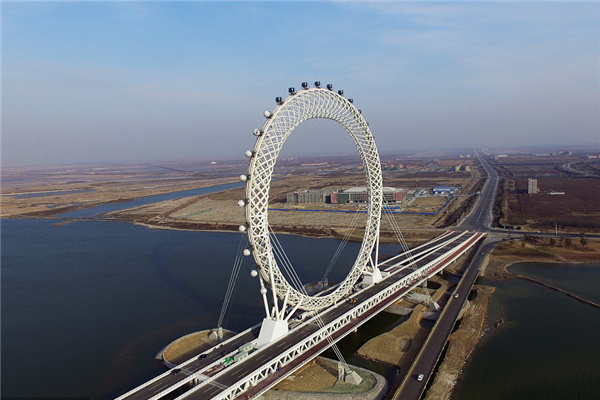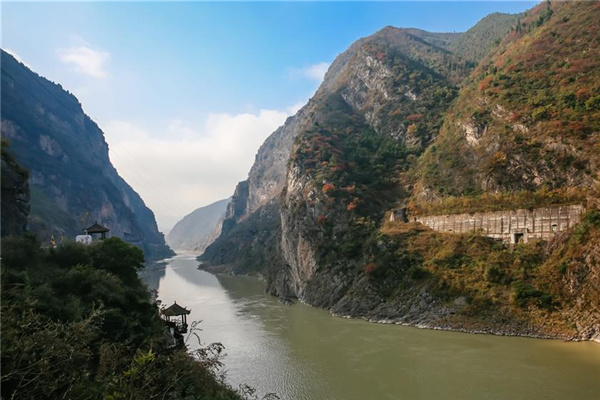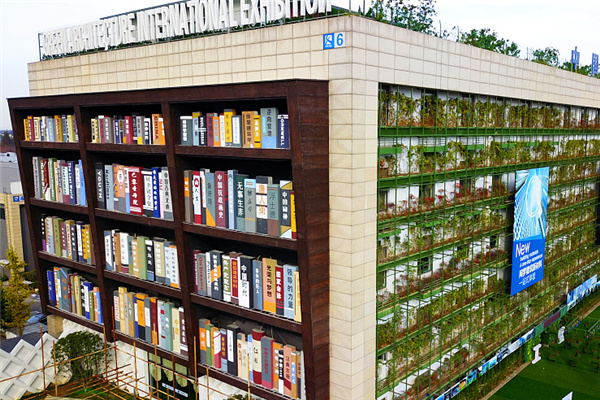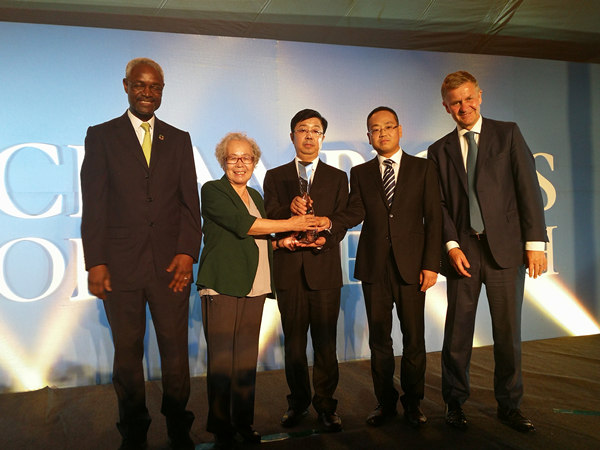

Global aluminum producer Alcoa has emphasized energy efficiency since the company's early days - and the effort has brought results.
In 1900 it required 55 kWh of electricity to make a kg of aluminum from alumina. By 2000 consumption was reduced to 15 kWh per kg. Today, Aloca's best plants can produce the primary metal using only 13.3 kWh for each kg.
And the trend is continuing. By 2006, Alcoa developed an innovative slotted anode that was awarded the US State of Indiana's Governor Award for Environmental Excellence in the energy efficiency.
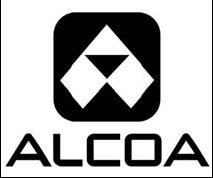
Today the company continues to innovate the way it acquires and uses energy, including the use of solar energy and waste heat recovery.
Alcoa itself now generates more than 1,000 mW of electricity and is investing more than $1 billion around the world to upgrade and develop hydro-electric facilities.
It has signed an agreement with India's Council of Scientific & Industrial Research to collaborate in projects on energy efficiency, alternative and renewable energy sources, environmental technologies and multi-material solutions.
It has partnered with a utility in Western Australia to use waste heat from a natural gas power generating station to supplement its energy needs at the Pinjarra alumina refinery.
The first of four gas-fired cogeneration power plants at Pinjarra became operational in 2006.
Alcoa's smelting operations are the largest electricity consumers in the company, but its newest smelters are cutting consumption up to 20 percent
It established the Alcoa Energy Efficiency Network in 2002 in partnership with the US Department of Energy to identify possible energy reductions at its facilities, finding nearly $80 million in potential savings to date.
Renewable energy initiatives
Alcoa recognizes that solar power is not currently feasible for its large plants, but the firm believes the sun can be a reliable and cost-effective source of electricity for many of its fabricating facilities. Three pilot solar installations were completed in 2007.
As a charter member of the US-based Green Power Market Development Group, Alcoa purchased enough renewable energy certificates to power four of its administrative offices in the US from electricity generated by landfill gas, which eliminating more than 6.3 million kg of carbon dioxide emissions annually.
Biodiesel now fuels mobile equipment at two of its US plants, while another two of its facilities in Brazil use it in baking furnaces and to power industrial vehicles.
The company is continuing to develop hydroelectric resources, working with the government to ensure that environmental and social impact studies identify impacts on habitat, landowners near reservoirs, on downstream water users and on marine life.
Two dams in Brazil have been completed and four other projects expected to generate power in 2010 are under study.
|
The Alcoa Fjardaal smelter in eastern Iceland began production last year after extensive community input and environmental studies. The company's first new primary aluminum facility in 20 years, it has an annual capacity of 344,000 million tons. |
Alcoa's management also believes that many existing hydroelectric facilities can be improved to produce more power.
One is the Tapoco hydroelectric project certified by the independent, non-profit Low Impact Hydropower Institute (LIHI) as an environmentally responsible, low-impact hydropower project that exceeds stringent operating requirements recommended by state and federal resource agencies.
The Tapoco project is the second-largest hydroelectric project in the US to receive LIHI certification, and the first to receive an eight-year certification term for meeting watershed management criteria. Improvements at the facility in 2006 added 42 mW in generating capacity. More Alcoa-owned hydro facilities will be upgraded over the next 10 years to increase capacity.
In 2005, Alcoa earned an award from the National Hydropower Association for a Tapoco project that released water into two by-passed reaches of rivers in Tennessee and North Carolina.
The effort also included protection of nearly 10,000 acres of land and granted permanent conservation easements on 5,900 acres to the Nature Conservancy.
The global aluminum company is now working with the Iceland government and its national power agency Landsvirkjun on a new 690 mW hydroelectric facility to power Alcoa's first new greenfield aluminum smelter in more than 20 years.
It has also signed an agreement with the government on feasibility studies for a new smelter in northern Iceland that could become the first geothermal-powered aluminum smelter in the world.
(China Daily 04/28/2008 page5)


